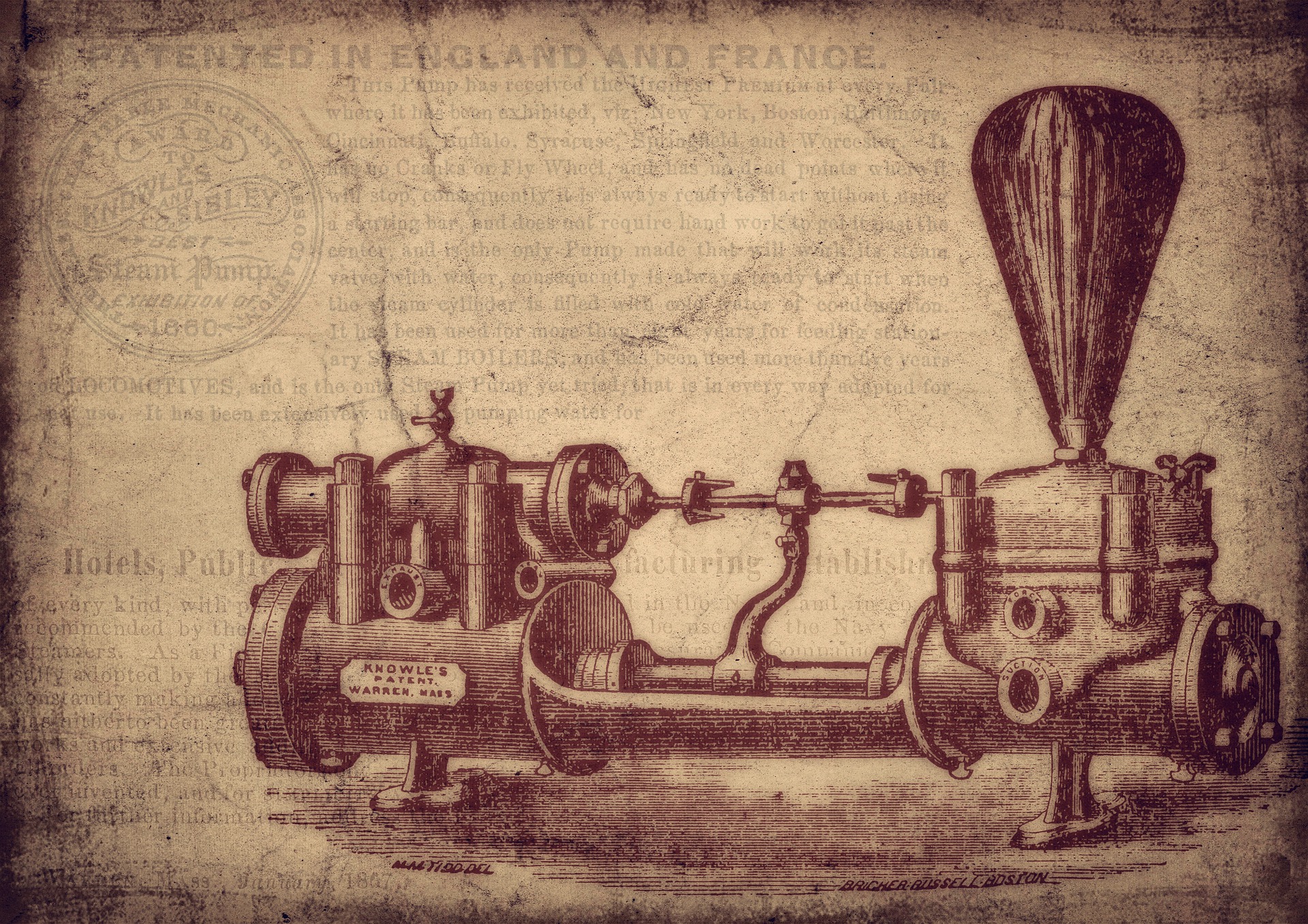Since Renaissance architect Filippo Brunelleschi received protection for a boat used to transport marble in 1421, governments have issued patents to inventors of new machines and processes. Their desire, to spur innovation in creative types who might otherwise fear being copied. In order for another company to use a patented technology, it would need to get permission and pay royalties to the patent holder. However, patent holders have sometimes found it beneficial to waive their rights in pursuit of some higher purpose. Recently, one such purpose has rushed to the forefront — protection of the environment.
On Earth Day this past April, Hewlett Packard Enterprise (HP) announced the Low Carbon Patent Pledge in collaboration with Facebook and Microsoft.
The three tech conglomerates agreed to make hundreds of their patented technologies with “applications in low carbon innovations” available for free, thus creating an open-source, collaborative environment to foster sustainable breakthroughs.
The hope, of course, is to get the planet where it needs to go – or at least to avoid disaster. As John Frey, chief technologist for sustainable transformation at HP, explained in the press release, “to achieve net-zero emissions by 2050, we need to work together to innovate faster. By opening up these patents, we hope to help accelerate and encourage innovation by enabling others to build on what we are doing.”
The companies have so far pledged 439 patents (all of which can be found here) across 9 countries and spanning a wide range of different categories, although data center sustainability and cooling has been a particular focus due to the enormous amount of energy they require to prevent servers from overheating. For example, Microsoft made available their patent for direct immersion cooling of servers, as well as their “Project Natick” research on submerged data centers, which they found to be eight times more reliable than traditional counterparts. Facebook released their process for using a wind collecting structure to cool servers. Meanwhile, HP contributed a nanosensor design that can find coolant leaks.
There are many ways to contribute to the Pledge, which is hosted by the Program on Information Justice and Intellectual Property at American University Washington College of Law and the Program on Intellectual Property Law and Policy at the University of Utah S.J. Quinney College of Law. If an organization agrees to “support” the Pledge, it does not convey any legal obligation, but merely shows their approval; one such supporter is the World Economic Forum. If an organization or individual “Make the Pledge,” like HP, Facebook, and Microsoft, they promise to allow free use, by the public, of the specific patents that they pledged. Essentially, patent holders grant a license to use their patented technologies “for the generation, storage, or distribution of low‐carbon energy from solar, wind, ocean, hydropower, or geothermal sources.”
“We (“Pledgor*”) believe in being a force for good by encouraging open innovation to create a more sustainable future. We encourage the use of low-carbon technologies by making energy-saving innovations available to everyone for free through this patent pledge. . .”
Announced on October 7, the most recent companies to pledge some of their patents include JPMorgan Chase, Micro Focus, and Majid Al Futtaim. One of JP Morgan’s four pledged patents focuses on HVAC system efficiency in data centers: “by using [the HVAC return air and supply air temperature sensors] to control the fan speed and the cooling valve openings and by prioritizing the use of the cooling valves over the use of the fans in order to reduce the temperature of a room, these units. . . act together to efficiently maintain the temperature and air quality of the entire environment,” according to the patent. Meanwhile, Micro Focus’s pledged patents focus on wind turbine management; Sarah Atkinson, director of environmental, social & governance, noted that “we are excited to join the Pledge as a way to scale the impact of our product offerings that enable reduced energy consumption in data centers and IT environments.”
The number of patents that are part of the initiative is expected to continue expanding, not only with additional contributions from the original players but also as more companies sign on to the pledge.
As Professor Jorge L. Contreras from the S.J. Quinney College of Law, University of Utah, explained, “history has shown that voluntary pledges of patents can help to promote new technologies and encourage their adoption around the world. This is precisely the kind of initiative that’s needed to combat the potentially catastrophic effects of climate change.”





